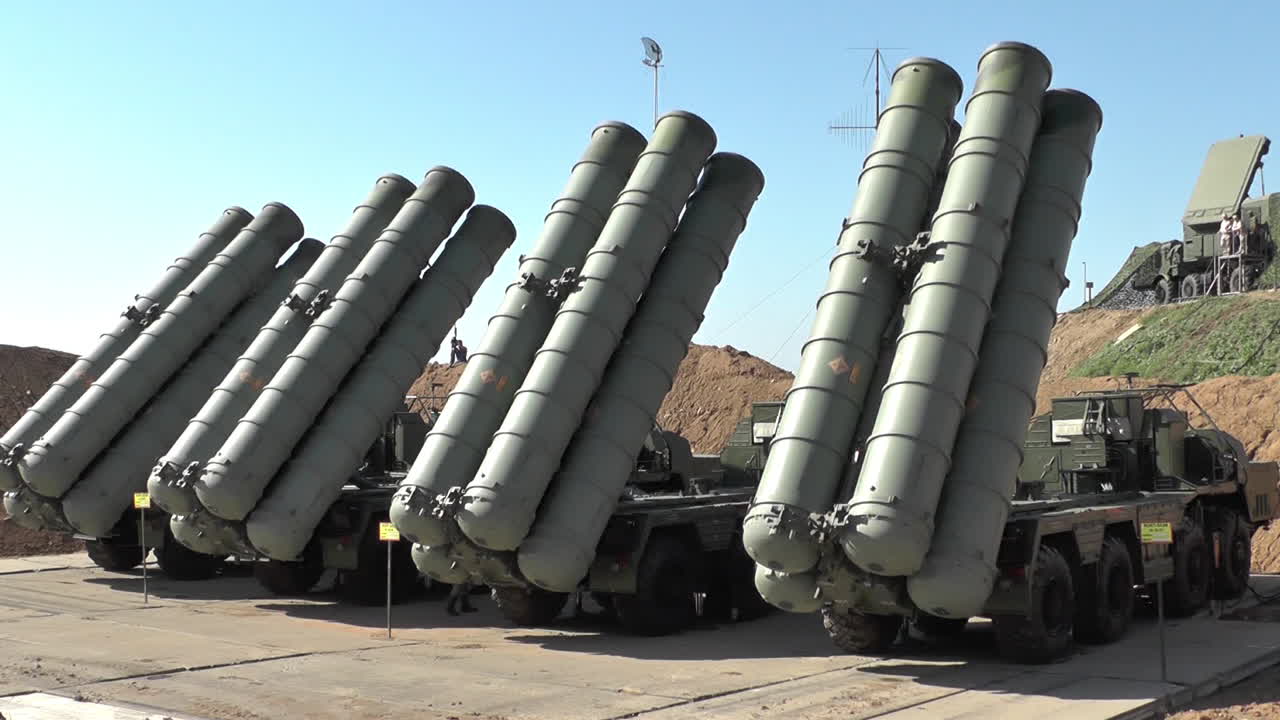Russia has started the construction of S-400 air defense missile systems for India under the deal signed in 2018, despite the threats coming from the United States in the form of sanctions.
“Russia will deliver the S-400 to India within the terms stipulated by the contract,” RIA Novosti quoted Denis Manturov, Russia’s Industry and Trade Minister as saying on Tuesday. “In general, all obligations undertaken by the parties, including payment, are fully implemented. I will add that work is underway to create a training center in India.”
The $5.43 billion contract is the biggest of its kind in the history of Russian-Indian cooperation and the largest to date for Russia’s state arms exporter Rosoboronexport. It is the subsidiary of Russia’s state-owned Rostec corporation, is the sole state intermediary agency for the country’s import and export of defense technologies and services. Earlier, the head of Rostec State Corporation, Sergey Chemezov, said that it is scheduled to complete the S-400 delivery to India by the first half of 2025.
India is one of the Russian defense industry’s biggest customers. About 70 percent of the Indian Air Force’s equipment is Russian-made, while 80 percent of its naval fleet is Russian as well. Moscow and New Delhi currently have military contracts worth $35 billion.
India signed a multibillion contract with Russia despite severe pressure from Washington to not go through with the deal and possibly face sanctions under the Countering America's Adversaries Through Sanctions Act (CAATSA) adopted in 2017 by the Trump administrations. Under CAASTA’s terms, any country engaged in a “significant transaction” with the Russian defense and intelligence sectors could automatically come under American sanctions.
The S-400 is proving to be lucrative for Russia’s defense manufacturing sector, and popular with its global clients. Along with India, China and Turkey expressed their interest in Russian-made systems. Turkey was the first NATO member state to purchase such a system from Russia, however, it came at a heavy cost since Turkey was removed from the F-35 program.
Despite the fierce opposition from Washington, Ankara purchased Russian-made S-400 and, according to a report published by Russia’s 5th Channel in mid-January, Deputy Prime Minister Yury Borisov was quoted as saying that Ankara is likely to sign a deal for a second order.
The S-400 was designed to destroy aircraft, cruise and ballistic missiles, and ground targets objectives. Four missile types are used in the system’s envelope, namely the Russian 40N6 very-long-range 400 km (249 mi); the 48N6 long-range 250 km (155 mi); the 9M96E2 medium-range 120 km (75 mi) and the 9M96E short-range 40 km (25 mi). Each missile battery can simultaneously hit 80 different targets with two missiles each.
Russia is the largest arms exporter in the Caspian region and the world’s second-biggest after the United States. Over the last year, Russia exported over $14 billion in defense products, equaling over 15 percent of global sales, according to reports from the Moscow-based Centre for Analysis of World Arms Trade.







 Iran's senior military leaders described the drone and missile attack on Israel on April 14 night as “successful".
Iran's senior military leaders described the drone and missile attack on Israel on April 14 night as “successful".
 The number of evacuees from flooded areas in Kazakhstan has reached 97,852 people, including about 32,856 children since March 27.
The number of evacuees from flooded areas in Kazakhstan has reached 97,852 people, including about 32,856 children since March 27.
 Iranian President Ebrahim Raisi warned Israel that it would face a "real and extensive" response if it makes any "mistake" following Tehran’s missi...
Iranian President Ebrahim Raisi warned Israel that it would face a "real and extensive" response if it makes any "mistake" following Tehran’s missi...



